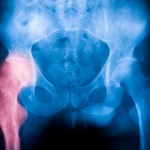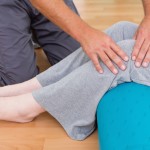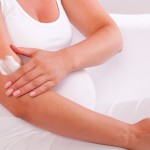
We learnt in an earlier post about the burden of musculoskeletal conditions that osteoarthritis (OA) develops around the age of 50. Blimey some of our elves are approaching that age. What can we do to help any symptoms that start to develop? We eleves are always looking to stay fit and thought that exercise might help. But [read the full story…]






